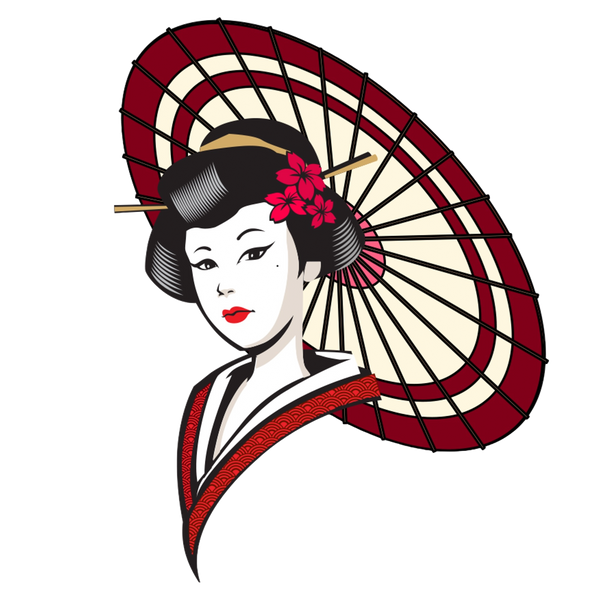About Matcha & Health Benefits of Matcha
Matcha & Health Benefits of Matcha

Matcha is a type of green tea. It is a drink made by powdering Tencha ( Matcha ), or by adding hot water to it and stirring it. In addition to being used for drinking in the tea ceremony, it is also widely used as a material for Japanese sweets, Western sweets, and cooking.

Matcha has become known worldwide from Japan, and is often called "Matcha", which is a copy of the Japanese pronunciation in Europe and the United States.
The raw materials and the fineness of the powder are different from those of powdered tea. There are also sweet and bitter ones.
Tencha leaves (Matcha tea leaves) that have been steamed and then dried are ground with a millstone. Until the Edo period, people drank freshly ground Matcha. Even today, in the tea ceremony, is served Matcha ground with a millstone the day before. For household use, Matcha has already been powdered, sealed in plastic film bags, or placed in metal cylinders are on the market. After opening it, put it in a closed container and store it in a cool and dark place to avoid deterioration.
There is only one type, apart from the differences between luxury products and general-purpose products, but since the taste differs depending on the finish of the tea plantation and tea leaves of the year, various fields in the tea plantation are used to unify the taste with the conventional ones. The tea leaves are combined and mixed (this is called gogumi). The composition of the tea leaves that are the basis for dark tea and light tea (both described later) differs depending on the tea plantation, and when combined, it is divided for each tea plantation. Those with stronger sweetness and less astringency and bitterness are considered to be good and expensive. Generally, high-grade matcha is used for dark tea, but of course it may be used for light tea.
The refreshing bitterness is well-matched with the sweetness of sugar, and the flavor stands out, so it is also preferred for flavoring confectionery. It is used not only for Japanese sweets but also for Western sweets, and matcha-flavored ice cream is one of the standard flavors in Japan. According to a survey by the Japan Ice Cream Association, from 1999 (Heisei 11) to 2009 (Heisei 21), it occupies the third place after vanilla and chocolate [4].
